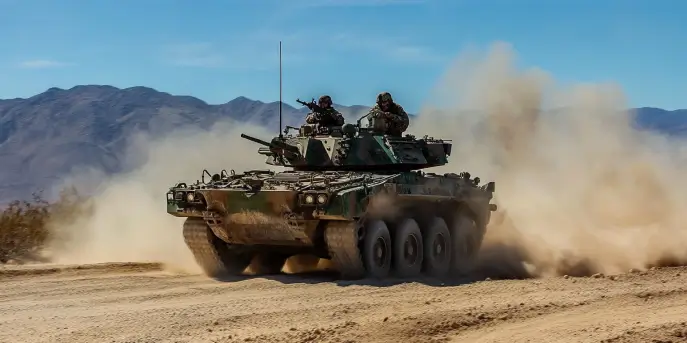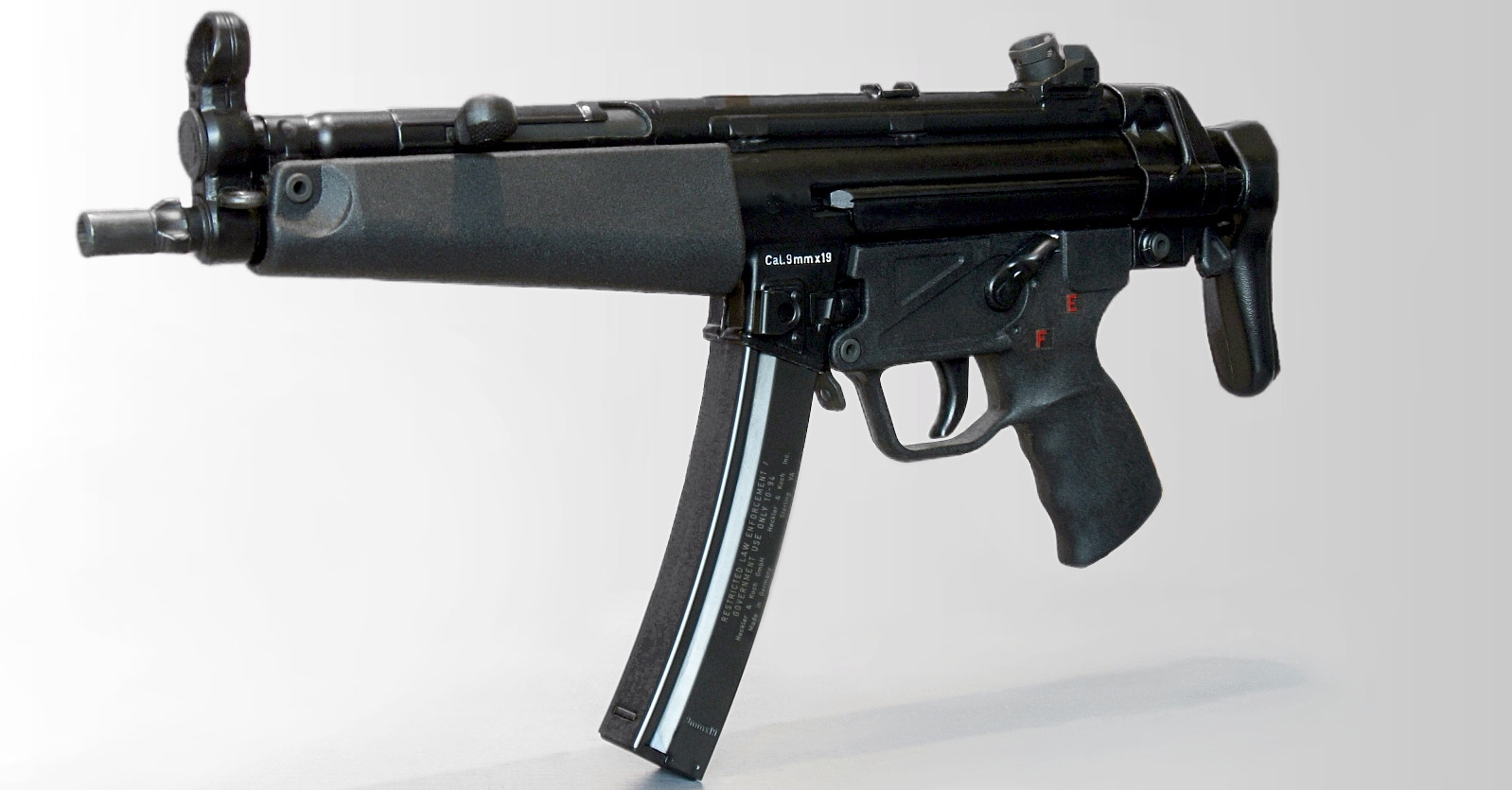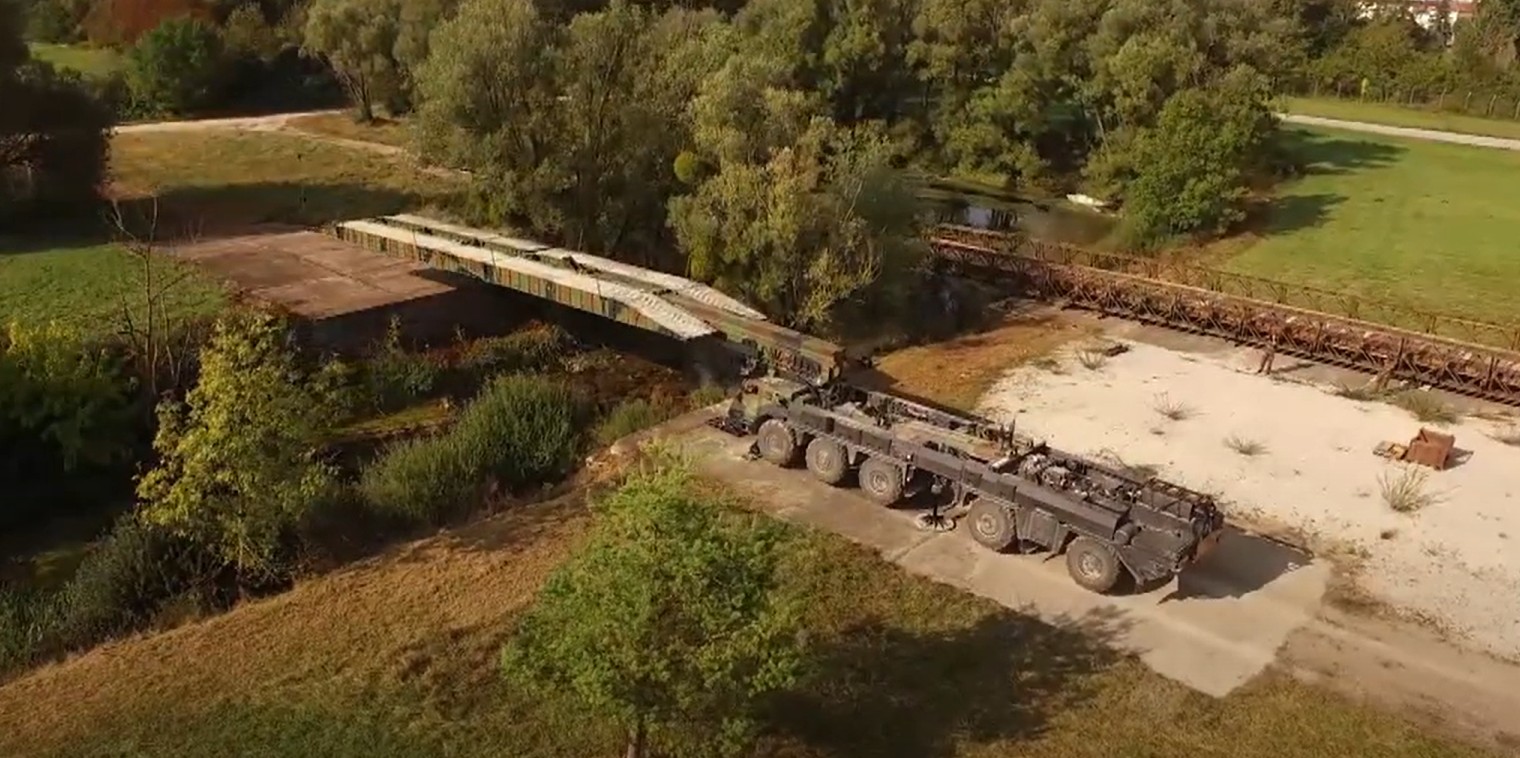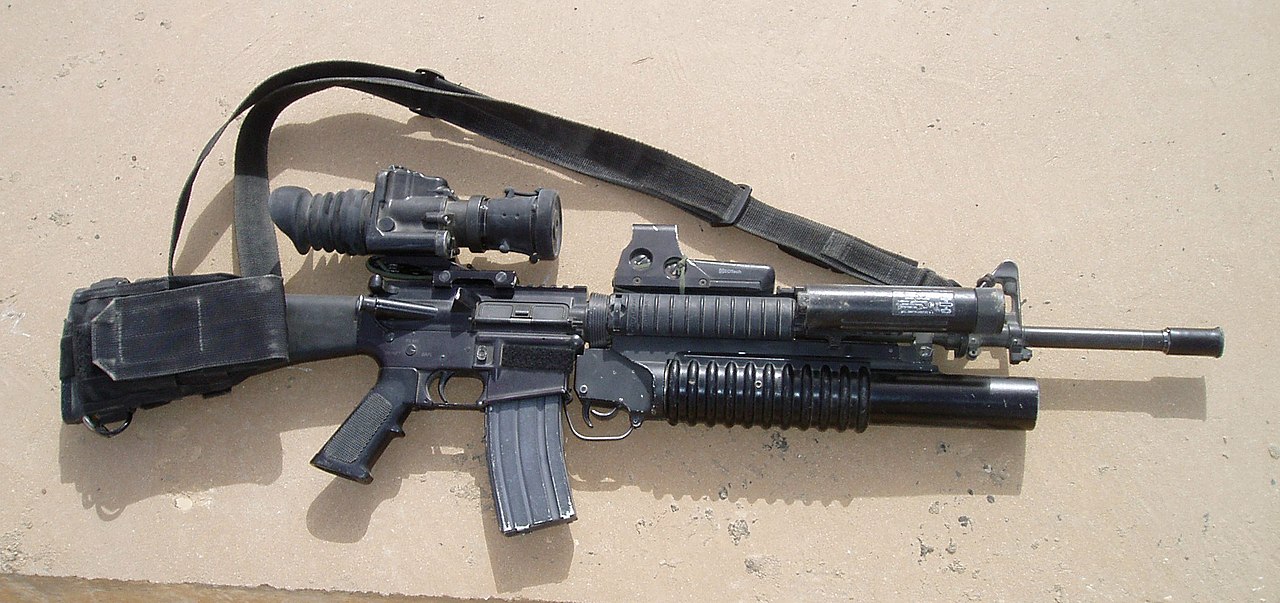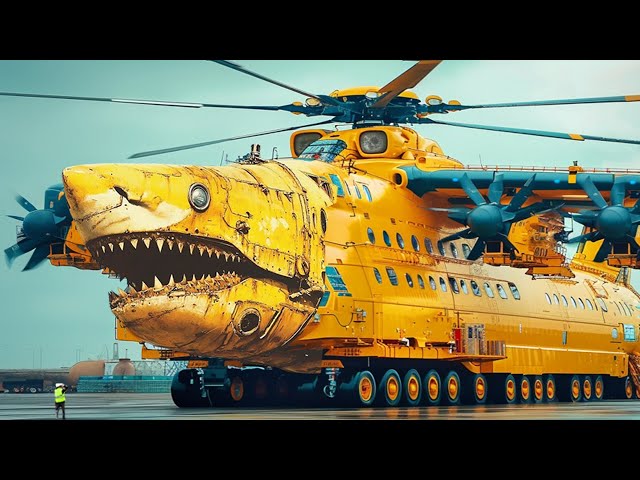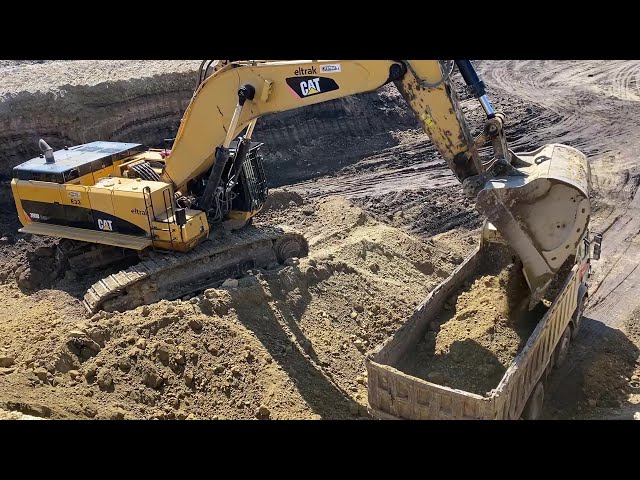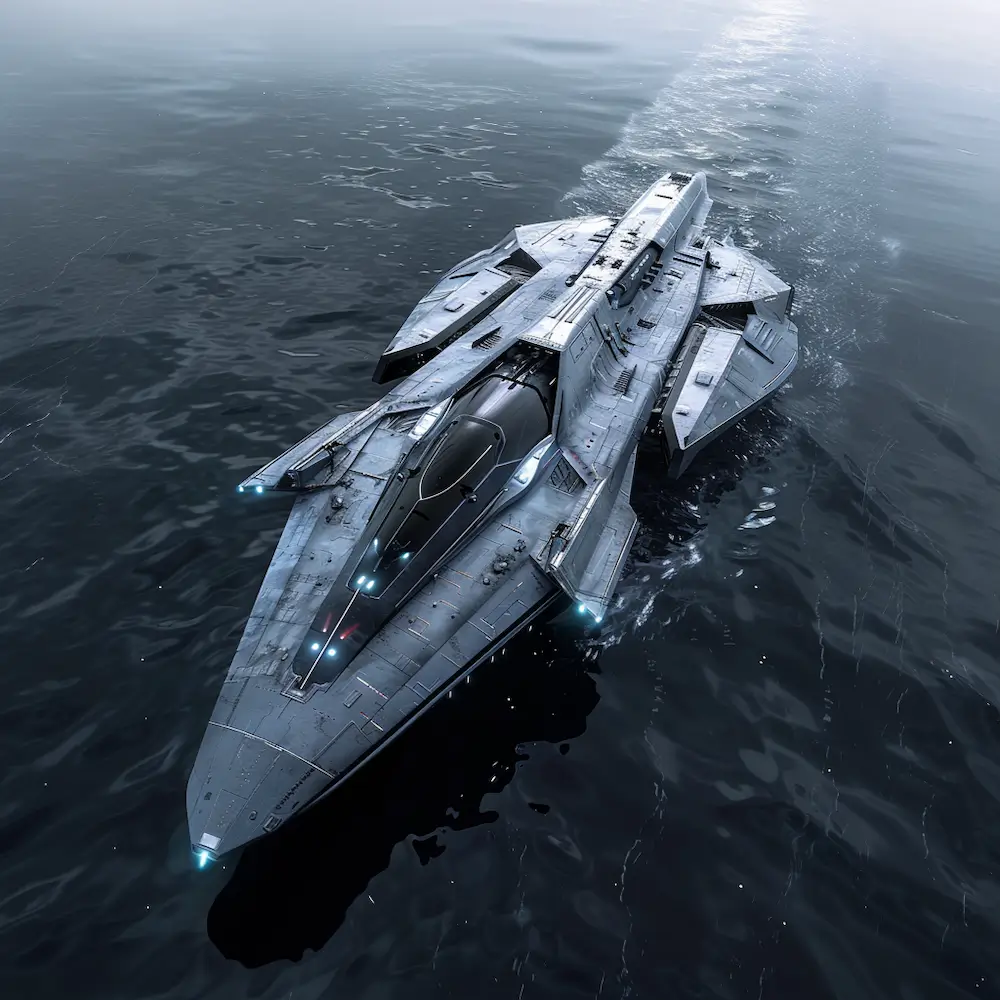Armored Personnel Carriers: Backbone of Modern Infantry
In modern military operations, Armored Personnel Carriers (APCs) play a crucial role in transporting troops safely to and from combat zones. The United States Marine Corps (USMC) utilizes various types of APCs to ensure the efficiency and safety of their missions. This article delves into the APCs currently employed by the USMC, focusing on their specifications, capabilities, and roles in combat scenarios.
Amphibious Combat Vehicle (ACV)
The Amphibious Combat Vehicle (ACV) is one of the newest additions to the USMC’s fleet of APCs. Designed to replace the aging Assault Amphibious Vehicle (AAV), the ACV provides enhanced protection, mobility, and firepower. It is designed to operate both on land and in water, making it an essential asset for amphibious operations.
ACV Specifications:
| Specification | Details |
|---|---|
| Weight | Approx. 30 tons |
| Speed | 65 mph (land), 6 knots (water) |
| Range | 325 miles (land), 12 miles (water) |
| Armament | Remote Weapon Station with 30mm chain gun, 7.62mm coaxial machine gun |
| Crew | 3 (commander, driver, gunner), 13 combat-ready troops |
Capabilities and Role of ACV
The ACV’s enhanced armor and weaponry offer superior protection to its occupants against improvised explosive devices (IEDs) and other battlefield threats. Its amphibious capabilities allow the Marines to launch assaults directly from ship to shore, making it indispensable for expeditionary warfare. The ACV is also equipped with advanced communication systems, enabling seamless coordination with other units and command structures.
Light Armored Vehicle (LAV-25)
The Light Armored Vehicle (LAV-25) is a versatile, highly mobile, eight-wheeled vehicle used by the USMC for reconnaissance, security, and assault missions. The LAV-25 has been a key component of the Marine Corps since the 1980s, providing robust performance in various combat environments.
LAV-25 Specifications:
| Specification | Details |
|---|---|
| Weight | Approx. 12.8 tons |
| Speed | 62 mph (land), 6.5 mph (water) |
| Range | 410 miles |
| Armament | 25mm chain gun, 7.62mm machine gun |
| Crew | 3 (commander, driver, gunner), 6 combat-ready troops |
Capabilities and Role of LAV-25
The LAV-25’s light armor and speed make it suitable for rapid insertion and extraction in hostile areas. Its 25mm chain gun provides formidable firepower against light armored threats, while its amphibious capability allows it to perform river-crossing operations. The LAV-25 is often deployed in a wide range of missions, from urban warfare to open desert combat, proving its adaptability and reliability.
Assault Amphibious Vehicle (AAV-7)
The Assault Amphibious Vehicle (AAV-7), also known as the Amphibious Assault Vehicle, has been a critical asset within the USMC’s APC arsenal for decades. Despite being phased out gradually by the ACV, the AAV-7 remains in service and continues to perform critical roles in marine operations.
AAV-7 Specifications:
| Specification | Details |
|---|---|
| Weight | Approx. 29 tons |
| Speed | 20-45 mph (land), 8 mph (water) |
| Range | 300 miles (land), 10-20 miles (water) |
| Armament | 40mm grenade launcher, .50 cal machine gun |
| Crew | 3 (commander, driver, gunner), 21 combat-ready troops |
Capabilities and Role of AAV-7
The AAV-7 is renowned for its ability to carry a large complement of Marines from ships offshore to inland objectives. Its armor and weapons provide significant protection and fire support during amphibious landings. Despite its age, the AAV-7’s reliable performance under harsh conditions has solidified its position within the USMC, making it a trusted vehicle for expeditionary advances.
The Future of Marine Corps APCs
Looking ahead, the USMC is investing in next-generation APCs and technology to complement and eventually replace current vehicles. This includes advancements in automation, unmanned vehicle integration, and enhanced survivability features to counter evolving battlefield threats. The ongoing development of the Advanced Reconnaissance Vehicle (ARV) signifies the Marine Corps’ commitment to maintaining its technological edge and ensuring that Marines remain effective and protected in diverse operational environments.
ARV Features (Projected):
- Autonomous and semi-autonomous operational modes
- Enhanced sensor and communication suites
- Modular armament configurations
- Improved survivability with advanced armor and countermeasure systems
The United States Marine Corps relies on a versatile and capable fleet of Armored Personnel Carriers to fulfill its mission objectives. From the modern ACV to the enduring AAV-7, each vehicle brings unique strengths to the battlefield. As technology advances, the continued evolution of Marine Corps APCs will ensure that Marines are prepared to face the challenges of future conflicts with resilience and superiority.
